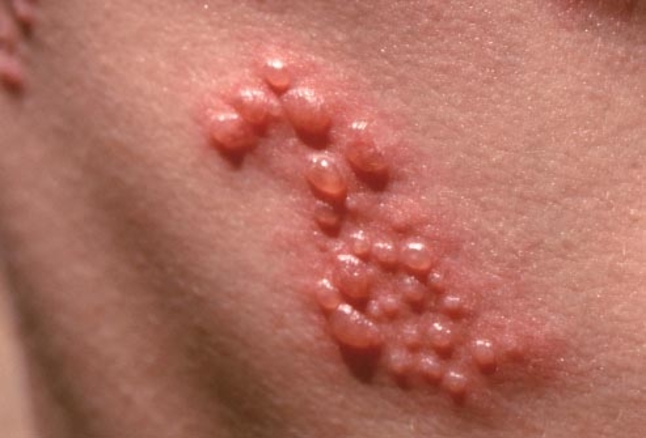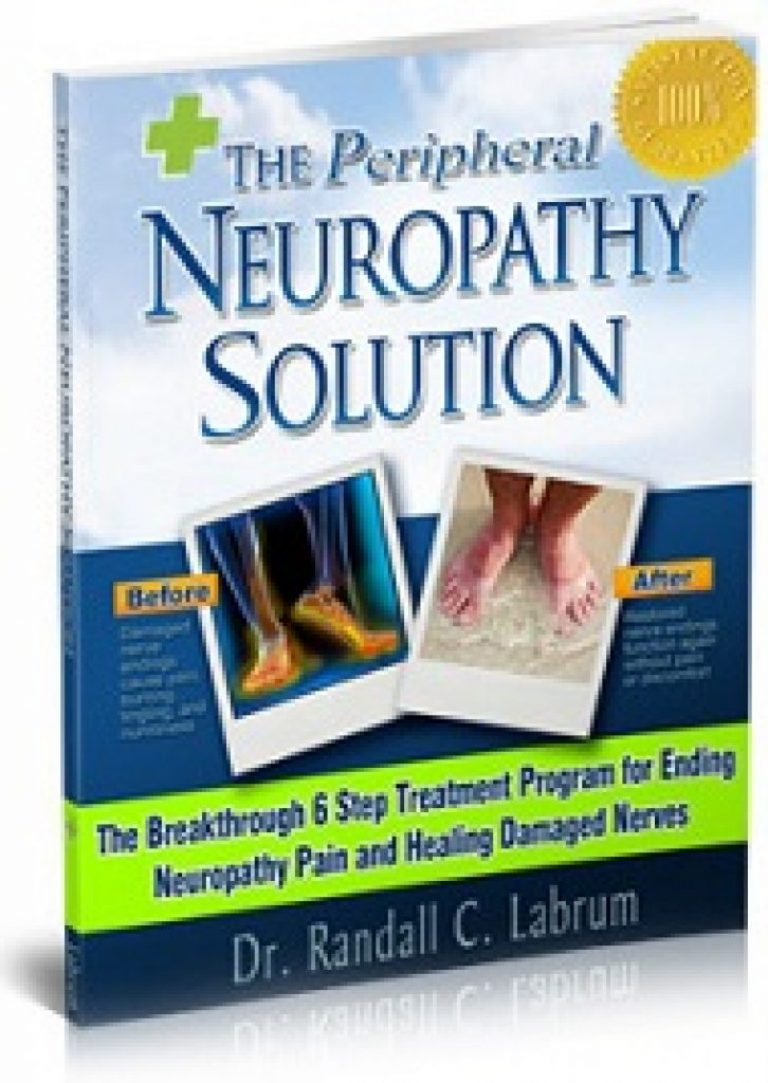Herpes Zoster or Shingles: Symptoms and Treatment!
The Shingles is a viral infection caused by the herpes virus, the primary infection results in the production of varicella (or chickenpox) that is totally widespread and mostly acquired in childhood, when the immune system attacks and recognizes as the virus form and therefore chickenpox cannot reappear. However, the virus performs a mimicry (change in its structure) and produces the same lesions but in sections of the body that can be: face, neck or trunk, this would be Herpes Zoster or shingles. In other words, shingles results in a reactivation of the virus that caused chickenpox earlier; therefore the main predisposing factor for shingles is having suffered from lechina.
The difference between chicken pox and shingles is that chicken pox invades the bloodstream, thanks to this it can cause these ulcerative or crusty lesions throughout the body respecting the palms and soles of the feet, on the other hand the shingles It can only invade the peripheral nerves generating characteristic crusty lesions only in a certain section of the body. Shingles is very contagious because it is transmitted from person to person by contact with the mucous membranes of the respiratory tract , that is, by contact with the saliva or mucus when coughing, talking or sneezing, therefore the affected person should remain in isolation; As said before to be able to contract this phase of the virus, it is necessary to have suffered from chickenpox, so those who have never contracted this virus if they are infected with zoster will develop chickenpox instead of shingles. The permanence within the body is approximately 4 weeks and then disappears, however there are some treatments that help relieve symptoms before this period is completed.
This virus once it has contact with the respiratory tissue replicates inside it and then spreads to the blood to gain access to the nerves which will suffer an inflammatory process that explains the intense pain that the patient reflects, the lesions are focal and edematized which leads to the formation of vesicles filled with tissue fluid that evolve to pustules and after this to scabs. Unlike the chickenpox phase the zoster can be reactivated and this will depend on the patient’s immune status, the virus remains dormant within the lymph nodes waiting for the opportunity to attack again.
Symptoms of Herpes Zoster:
 The first symptoms are insudious since the clinical manifestations begin with burning, pruritus (itching) and burning in the injured area, after a few hours a group of vesicles arranged in clusters develop on the skin that covers the infected nerve; Usually the lesion is centered on a single lateral that is frequently observed in the trunk, head and neck, the lesions remain in the form of vesicles for approximately 5 or 6 days until they progress to scabs and stop their dissemination.
The first symptoms are insudious since the clinical manifestations begin with burning, pruritus (itching) and burning in the injured area, after a few hours a group of vesicles arranged in clusters develop on the skin that covers the infected nerve; Usually the lesion is centered on a single lateral that is frequently observed in the trunk, head and neck, the lesions remain in the form of vesicles for approximately 5 or 6 days until they progress to scabs and stop their dissemination.
Other Groups of Symptoms that May Occur are:
- Pain in the abdominal area.
- Fever not higher than 39 ° C accompanied by chills.
- General discomfort.
- Severe headache (headache)
- Arthralgia (joint pain).
- Muscle weakness and local rash.
- Swelling of the lymph nodes.
In the event that shingles has been generated in the area of the face that regularly occurs near the eye sockets, some symptoms are:
 Partial hearing loss (hearing loss).
Partial hearing loss (hearing loss).
- Difficulty for vision
- Fall of the affected eyelid (ptosis).
- Motor difficulty of the eye.
Treatment for Herpes Zoster:
The main treatment offered to the patient is pharmacological, this should consume an antiviral that will prevent the replication and spread of the virus within his body, Acyclovir is more recommended because it is a variant of the herpes ingested orally although depending on the severity they can be prescribed intravenously; It is important that the start of treatment is soon in a period not exceeding 72 hours after triggering the first symptoms, it is very beneficial to start treatment before ulcerative lesions are generated. In addition to the antiviral can be ingested other symptomatic therapy such as anti-inflammatory (prednisolone) and analgesics to reduce the sensation of pain, other drugs that can be consumed are: antihistamines and creams for injuries such as caladril or zostrix to decrease pruritus.




